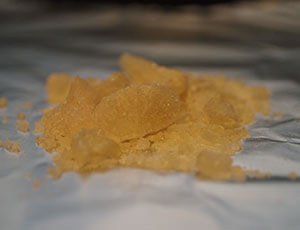What is MDMA?
MDMA is a synthetic chemical created in illegal laboratories. Primarily manufactured and smuggled in from Canada, MDMA acts as both a stimulant and psychedelic.
Common names include Adam, Beans, Clarity, Disco Biscuit, E, Ecstasy, Eve, Go, Hug Drug, Lover’s Speed, Molly, Peace, STP, X and XTC.
What does MDMA look like?
MDMA comes in colorful tablets, which are often labeled with specific brand logos. MDMA is also distributed in capsule, powder, and liquid forms.
How is MDMA abused?
MDMA is primarily used orally. The tablets are sometimes crushed and then snorted or smoked. Rarely is MDMA injected. Considered a party drug, MDMA is commonly mixed with LSD, alcohol or marijuana.
How does MDMA affect a person?
MDMA produces an energizing effect, distortions in time/perception and enhanced enjoyment of tactile experiences. Users experience reduced inhibitions, a strong sense of euphoria, feelings of closeness/empathy and heightened sexuality. Effects also include confusion, anxiety, depression, paranoia, sleep problems and drug craving. These effects typically last four to six hours but can last for days or even weeks.
What are the health effects/risks of using MDMA?
Effects of MDMA include increased motor activity, alertness, rise in heart rate/blood pressure, muscle tension, tremors, involuntary teeth clenching, muscle cramps, nausea, faintness, chills, sweating and blurred vision. MDMA increases the risk of long-term or permanent problems with memory and learning.
High doses of MDMA can also interfere with the ability to regulate body temperature, which can lead to liver, kidney and cardiovascular failure.
